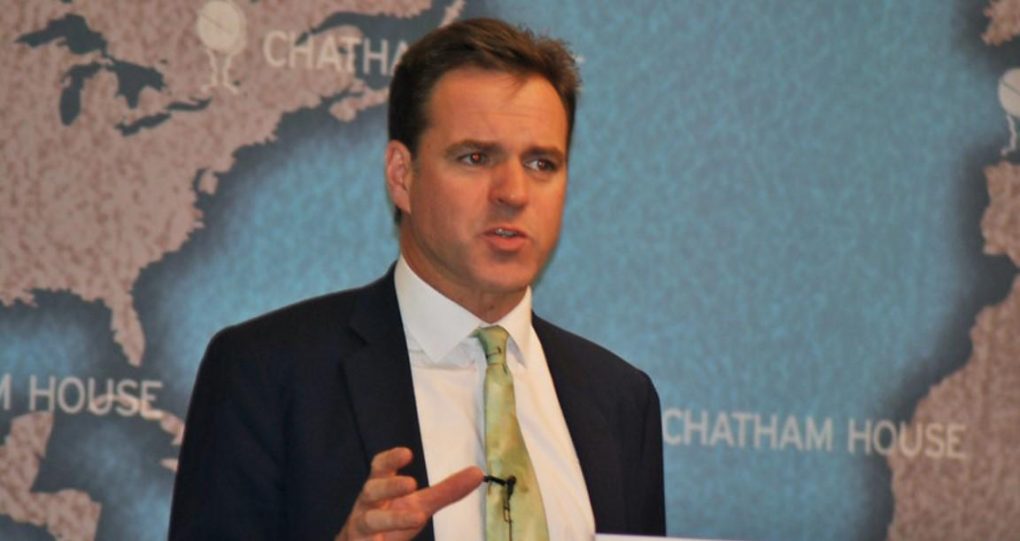
If a tree falls in the forest and nobody exists to hear it, does it make a noise? Niall Ferguson, the celebrated British historian now at Stanford’s Hoover Organization has spouted his own version of that olden riddle. In Doom: The Politics of Catastrophe, the respected author sets out to weaken the distinction between natural disasters and manmade disasters. “All catastrophes,” he writes towards completion of this four hundred– page odyssey of present and historic catastrophes, “are at some level man-made political disasters.”
Fortunately is that Ferguson’s newest isn’t a history of covid, at least not entirely (he easily confesses that it’s much too early to write one). Still, the pandemic makes an appearance in practically every chapter, and a couple of chapters towards completion are totally dedicated to it. Falling under precisely the trap outlined for historians too soon composing the history of today, he overwhelms his readers in death figures, infection rates, policy measures and central bank actions that were dated when he discussed them in the fall of 2020– and bordering on unimportant for the reader in 2021.
The really problem is that, well, it’s not clear what Doom‘s message is expected to be: on the last page I’m as baffled as I was halfway through. Ferguson’s earlier books have been whatever from fantastic to controversial, though always plainly and methodically argued: the institutions that made us rich are rotting (Great Degeneration); the British colonial reign had benefits in addition to its much-publicized scaries (Empire); the “killer-apps” of the West (Civilization); the history of financing and banking (The Ascent of Money). In Doom, we get network science as it applies to contagious illness; nuclear disasters and crashes, from the Titantic and Hindenberg to the Tenerife airport catastrophe; an outstanding counterclaim of historical-cycle theories from Ray Dalio’s financial obligation cycle to Strauss-Howe’s just recently restored 4th Turning; and a really Nassim Taleb-esque description of pandemics that, like earthquakes, follow power-law distributions rather than the more user-friendly normal distributions. We likewise get China and plenty of cautions about a Cold War II, a summary of dystopian science fiction literatures, Middle ages quarantines, and a history of medical advances.
It’s both commonsensical and underappreciated that no event of the world becomes a disaster until it greatly affects human well-being– the tree in the forest– and no manmade disaster is inseparable from the natural world. This is a welcome tip, specifically to our environmental good friends fretting about future natural disasters, but not brand-new or especially notable. It’s also unclear what it gets us: yes, we may not be the supreme masters of our own fate, however surely we constantly understood that results were figured out in part by how we respond to them– privately and politically?
“You never ever get the exact same disaster two times in a row,” Ferguson described in a lecture on the book from September in 2015, “you’re constantly battling the last catastrophe more typically.” Once again, starting open doors, teacher. We get political leaders and bureaucracies pursuing a pattern of duplicating what seemed to have actually worked from the last disaster, whether or not that was suitable for this one. “Bad historians,” explains Ferguson, “inform the story of the First World War like you know who’s gon na win and you understand it’s gon na last 4 and a quarter year, however no contemporary had any inkling!”
Regardless of the incredibly entitled chapter 8 (‘The Fractal Geometry of Disaster’), I’m not so sure Ferguson shows that the relation in between small and big catastrophes simulate the internal structure of lightning bolts or algae or snowflakes. A fractal pattern of catastrophes would likewise cast doubt on the primary candidate for Doom‘s significant message: that disasters end up being catastrophes only when we bungle our reactions. While it’s difficult to argue with “A lot of disasters take place when a complex system goes important, generally as a result of some small perturbation,” once again, arguing butterfly effects appears to undermine the concept that it’s our own reactions to disasters that decide our fates.
For the rest of that chapter he identifies some typical qualities of occasions spoiled, taken from psychologist James Reason: active and hidden mistakes. Active mistakes are human beings making poor decisions, from incompetence to bad incentives or fatigue. Hidden mistakes are “background conditions,” like resource allotments or organizational structures. How do these categories help us understand catastrophes? They don’t, as Ferguson merely concludes that both matter for the result of catastrophes. Great.
Chapter 10, on the financial repercussions of the pester, are smack full of weekly death rate, excess mortality numbers, and poll data for spring 2020, with really little discussion of financial effects. As we later on discovered, and many then anticipated, the “success stories” of early pandemic merely moved the worst of the shocks into the future. Some celebrated success stories then– say, Hungary or Germany– don’t look so successful any longer.
So, what is Doom about? I’m unsure. Whatever, one is tempted to say, and yet nothing. Judging from how often Ferguson points out Nick Bostrom and Milan Ćircović’s book Worldwide Catastrophic Dangers from a decade ago, we might call Doom a popularized version of that dense and technical handbook of expertly pictured existential threats.
Still, the writing is outstanding, the stories interesting and the metadiscussions about uneven circulations and backward-looking historians are fantastic. Ferguson concludes that black swans seldom “turn life upside down.” “Mostly, for the fortunate lots of, life after the catastrophe goes on, altered in a few methods but on the entire extremely, reassuringly, boringly the very same.”
That appears like capturing the zeitgeist of the minute. If nothing else, Doom offers us with the verification bias of what we want 2021 to be like. Maybe that’s Doom‘s crucial contribution.

